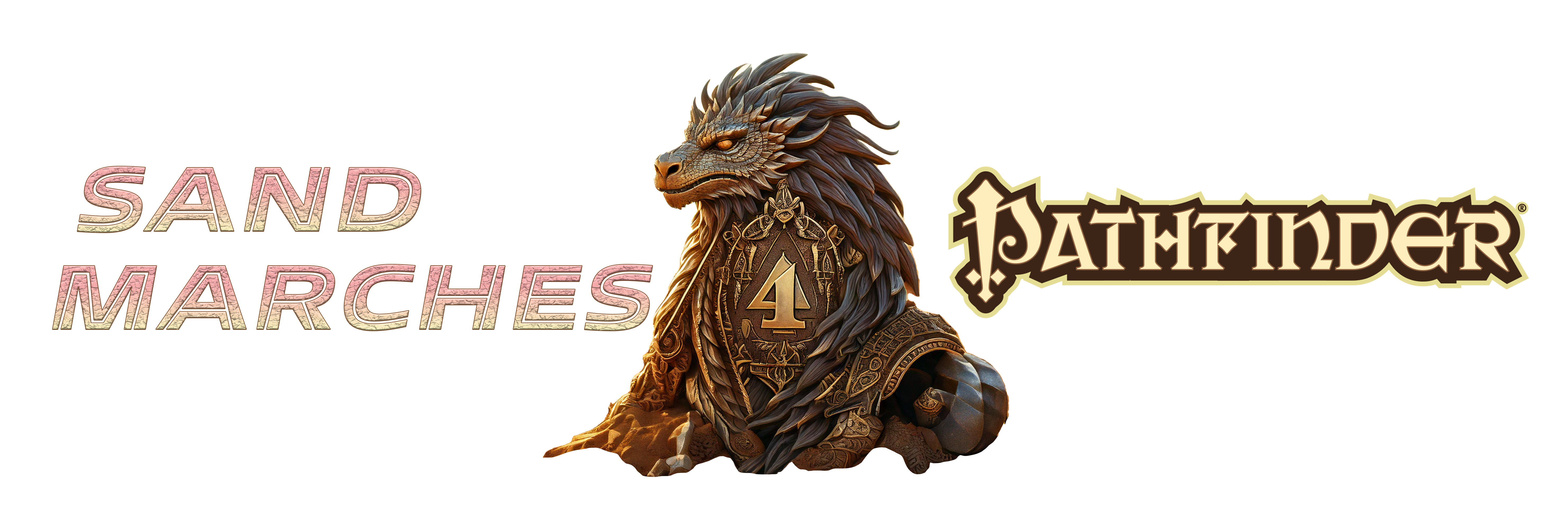Kank
Kanks are docile insects that form hives. The kank soldier can be trained for riding and war. Easily domesticated, they are valued for the nectar they produce, which can be fermented to make Broy, a cheap and nasty alcohol.
Not all kanks on Athas are maintained by the nomad herdsmen. Many herds of kanks roam wild across the Tablelands. Kanks are large, docile insects with black, segmented, chitinous exoskeletons, covering their head, thorax and abdomen, Kanks grow up to eight feet in length, four feet in height, and can weigh as much as 400 pounds. At the front of their head, kanks sport a pair of sharp pincers which they use for both feeding and fighting. The thorax of a kank has six legs. Each leg has a strong claw at its end, allowing the creature to grip the surfaces it walks upon. Like most insects, the kank’s abdomen has no appendages and is supported by the rest of its body.
N Large vermin
Init +0; Senses darkvision 60 ft., scent; Perception +5
Defense
AC 14, touch 9, flat-footed 14 (+5 natural)
hp 18 (2d8+9)
Fort +6, Ref +0, Will +1
Offense
Speed 50 ft., climb 20 ft.
Melee bite +3 (1d8+3 plus grab), sting +3 (1d6+3 plus poison)
Statistics
Str 16, Dex 10, Con 17, Int 1, Wis 13, Cha 11
Base Atk +1; CMB +5 (+9 grapple); CMD 15 (23 vs. trip)
FeatsToughnessB
Skills Climb +10, Perception +5, Survival +5; Racial Modifiers +4 Perception, +4 Survival
Ecology
Environment any
Organization solitary, pair, gang (3–6), or hive (7–18 plus 10–100 workers, 2–8 drones, and 1 queen)
Treasure none
Special Abilities
Poison (Ex) Sting—injury; save Fort DC 14; frequency 1/round for 4 rounds; effect 1d2 Str; cure 1 save
Description
Being insects, wild kanks organize themselves into hives, each consisting of soldiers, food producers, and brood queens. The soldiers serve as the hive workers, collecting materials which can be used to build nests for the brood queens, as well as the protectors of the queens and food producers. Soldiers also gather food for the adult members of the hive. This food takes the form of most types of leaves and fronds, and an occasional animal.
Food producing kanks secrete large, melon-sized globules of green honey which is used to the feed the young of the hive. These globules are stored on the abdomens of the food producers, and when food is sources are limited, are used to feed the older members of the hive as well as the young.
Brood queens are the members of the hive that produce eggs, usually in batches of 20 to 50. Once the brood queens have laid their eggs, it is the soldiers duty to fiercely defend the area until the eggs hatch.
Wild kanks generally choose an area for egg laying where there is an abundant amount of available vegetation for food.
Worker (–1 CR) Worker ants do not have a poison sting attack or a grab special attack.
Drone (+1 CR) Drones have the advanced simple template and a fly speed of 30 feet (average).
Brood Queen (+2 CR) The queen of a nest is an immense, bloated creature. She gains the advanced and the giant simple templates, but drops her speed to 10 feet and loses her climb speed entirely.
“Kank” Companions
Companion Type Kank
Starting Statistics: Size Medium; Speed 30 ft., climb 20 ft.; AC +2 natural armor; Attack bite (1d6 plus grab); Ability Scores Str 12, Dex 12, Con 15, Int 1, Wis 12, Cha 10; Special Qualities low-light vision, scent; CMD +8 vs. trip.
4th-Level Advancement: Size Large; Attack bite (1d8 plus grab), sting (1d6 plus poison); Ability Scores Str +4, Dex -2, Con +2; Special Attacks poison (frequency 1 round, effect 1 Str damage, cure 1 save, Con-based DC).
